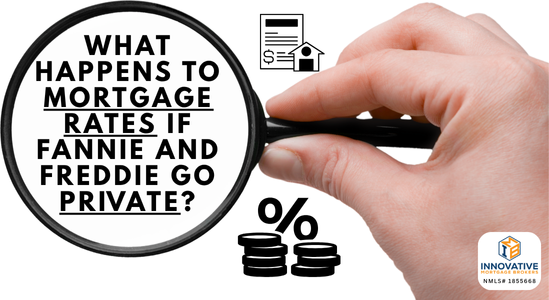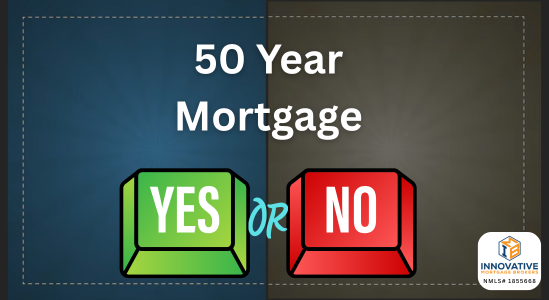The hidden rate premium that erases most “payment savings” A 50-year mortgage spreads payments over…
What Happens to Mortgage Rates if Fannie and Freddie Go Private?
Understanding the possible ripple effects on affordability and lending if Fannie Mae and Freddie Mac Go Back To Private
Ever wondered how mortgage rates would shift if Fannie Mae and Freddie Mac left conservatorship and returned to full private ownership? It’s a hot topic right now, and one that deserves a clear, balanced breakdown. Let’s walk through what’s at stake, and why it matters to the housing market.
Why Privatization Could Push Rates Higher
Loss of Investor Confidence Without Explicit Guarantees
Currently, Fannie and Freddie benefit from an implicit government guarantee, meaning investors behave as if the government backs their debt, even though it’s not formalized. That confidence lowers their borrowing costs and, by extension, helps keep mortgage rates more competitive.
If privatization removes that implicit backing without replacing it with an explicit guarantee, the perceived risk rises, and investors would demand higher yields. That gap could mean mortgage rate increases of roughly 0.25% to 0.40%.
Higher Capital Requirements and Operating Costs
As private entities, Fannie and Freddie would likely need to hold more capital to offset increased risk, pressures that increase their operating costs. Those expenses could translate into higher guarantee fees and ultimately higher mortgage prices for borrowers.
Could Rates Stay Steady, or Even Drop?
Preserving Government Backing Through a Hybrid Model
Not all privatization plans involve eliminating government support. Some proposals, such as Trump’s recent IPO push, suggest keeping a form of government guarantee, even after taking the companies public. If implemented, that could cushion the mortgage market from sharp rate hikes.
Potential Efficiency Gains and Market Innovation
Privatization could open the door to more competition and innovation in mortgage products. Credit unions and smaller lenders might find new opportunities, potentially improving access to credit and stimulating more competitive pricing, though this is speculative and highly dependent on how privatization is structured.
Real-Life Cost Impacts & Market Ripple Effects
Dollars on the table: Higher Monthly Payments
One widely cited estimate suggests that privatization without government backup could add between $700–$1,700 per year to a typical borrower’s mortgage costs.
Tightened Credit and Affordability Concerns
Beyond just rates, privatization could translate into stricter lending standards and tougher access to loans, especially for moderate‑credit and first‑time buyers. Subsidized credit for underserved groups may diminish without mission-driven mandates.
That could push more would‑be homeowners into renting, and place even more upward pressure on rents as rental demand builds.
What Market Experts Are Saying Right Now
- Goldman Sachs forecasts only a limited impact on mortgage rates from privatization, assuming government backing persists, though it warns volatility in non‑core products might rise.
- Others warn that without careful structuring, privatization could raise mortgage rates by up to 1% initially, making it significantly more expensive to finance a home.
- Still others, like Bill Ackman, believe merging or privatizing the entities could enhance efficiency and even reduce rates, though these represent more optimistic, investor‑focused views
Final Thoughts
The road to privatizing Fannie Mae and Freddie Mac is winding and uncertain, but the direction we go matters, for every household and every corner of the housing market. If done with careful guardrails, a hybrid approach could preserve both market stability and some measure of affordability. But if privatization strips away backing without protections, the result may be higher rates, tighter credit, and more people pushed onto the rental path.





